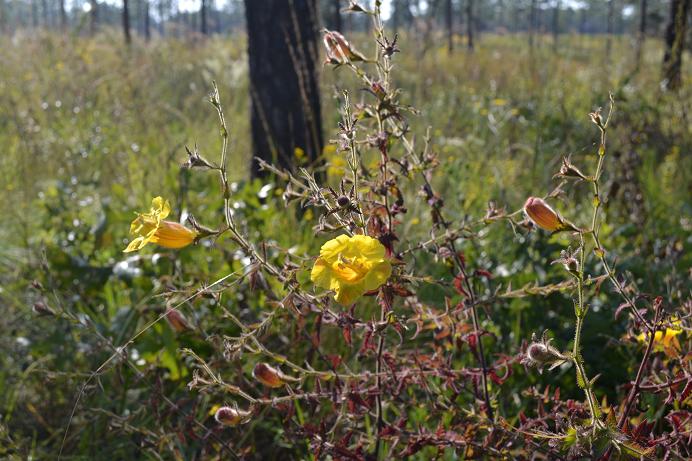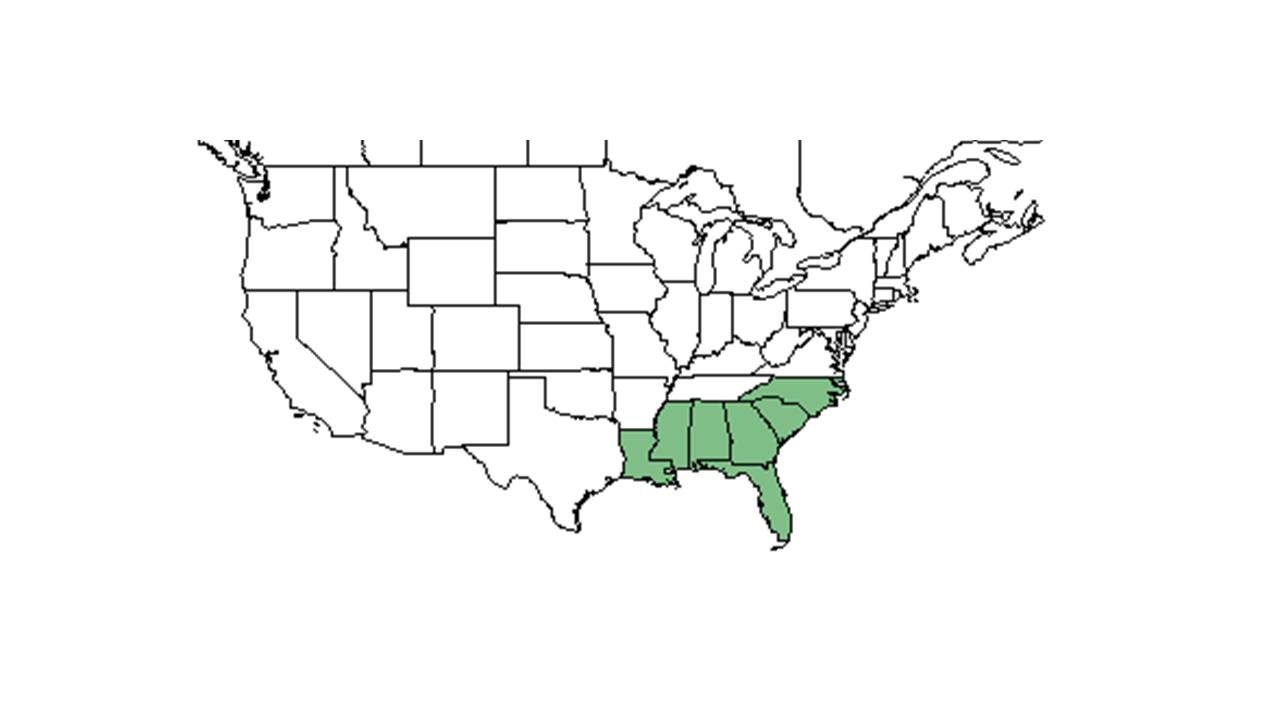Difference between revisions of "Seymeria pectinata"
KatieMccoy (talk | contribs) |
|||
| Line 19: | Line 19: | ||
Common name: piedmont blacksenna | Common name: piedmont blacksenna | ||
| + | ==Taxonomic notes== | ||
==Description== | ==Description== | ||
<!-- Basic life history facts such as annual/perrenial, monoecious/dioecious, root morphology, seed type, etc. --> | <!-- Basic life history facts such as annual/perrenial, monoecious/dioecious, root morphology, seed type, etc. --> | ||
Revision as of 14:33, 7 October 2015
| Seymeria pectinata | |
|---|---|

| |
| Photo taken by Kevin Robertson | |
| Scientific classification | |
| Kingdom: | Plantae |
| Division: | Magnoliophyta – Flowering plants |
| Class: | Magnoliopsida – Dicotyledons |
| Order: | Scrophulariales |
| Family: | Scrophulariaceae |
| Genus: | Seymeria |
| Species: | S. pectinata |
| Binomial name | |
| Seymeria pectinata Pursh | |

| |
| Natural range of Seymeria pectinata from USDA NRCS Plants Database. | |
Common name: piedmont blacksenna
Contents
Taxonomic notes
Description
“The entire plant covered with stiff nonglandular hairs. The stem can grow up to 75cm tall, widely and stiffly branched, the longest branches arising near the base of the plant. The leaves are deeply divided with segments borader than 1 mm. The flowers are solid yellow, 1 cm long, hairy on the exterior. The capsule is ovoid, 5 mm long, covered with glandular hairs.” – Musselman and Mann 1978.
Distribution
“Combleaf seymeria is much more restricted in its distribution than senna seymeria (Seymeria cassioides) and also has a much broader host range. It prefers drier sites (such as turkey oak-scrub oak woods) than S. cassioides, but on rare occasions both may be found growing together. We have found no evidence of hybridization between the two species. In our previous studies S. pectinata parasitized yellow poplar, blackgum, water tupelo, pecan, sweetgum, green American sycamore, and four different pines. These species are not present in the communities where S. pectinata grows, which indicates a pathogen potential, especially on drier sites in the Deep South. “ – Musselman and Mann 1978.
Ecology
Habitat
Phenology
Seed dispersal
Seed bank and germination
Fire ecology
Pollination
Deyrup conducted a study and observed these bees, Augochlorella aurata, Augochloropsis sumptuosa, Dialictus placidensis, Anthidiellum notatum rufimaculatum, A. perplexum, Coelioxys sayi, Megachile brevis pseudobrevis, M. mendica, M. petulans, and Bombus impatiens, on S. pectinata (2002).
The following Hymenoptera families and species were observed visiting flowers of Seymeria pectinata at Archbold Biological Station (Deyrup 2015):
Halictidae: Augochlorella aurata, Augochloropsis sumptuosa, Lasioglossum placidensis
Megachilidae: Anthidiellum notatum rufomaculatum, Anthidiellum perplexum, Coelioxys sayi, Megachile brevis pseudobrevis, M. mendica, M. petulans
Use by animals
Diseases and parasites
Conservation and Management
Cultivation and restoration
Photo Gallery
References and notes
Deyrup, M.A. and N.D. 2015. Database of observations of Hymenoptera visitations to flowers of plants on Archbold Biological Station, Florida, USA.
- Deyrup, Mark, Jayanthi Edirisinghe, and Beth Norden. 2002. The Diversity and Floral Hosts of Bees at the Archbold Biological Station, Florida (Hymenoptera: Apoidea). Insect Mundi 16.1-3: 87-120.
- Musselman, Lytton J., and William F. Mann, Jr. "Root Parasites of Southern Forests." Southern Forest Experiment Station (1978.